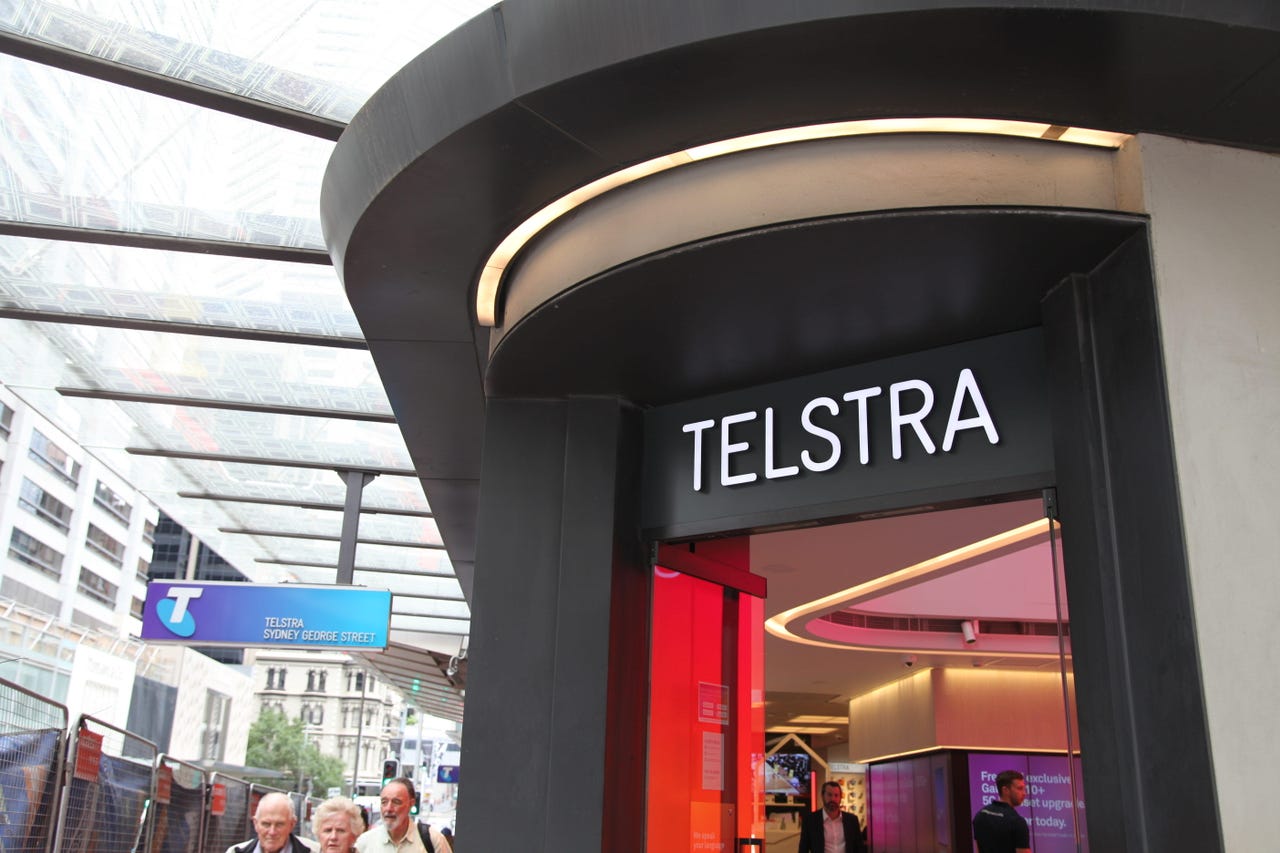Telstra revenue and earnings decimated on lower roaming data and hardware sales

Telstra reported on Thursday it had a challenging end to the calendar year of 2020, as the company saw double-digit drops in revenue and earnings before interest, income tax expense, depreciation, and amortisation (EBITDA) and, consequently, it has revised its guidance downwards.
For the half year to December 31, the company saw revenue fall 10% to AU$12 billion, while EBITDA dropped 14.7% to AU$4 billion, and EBIT took a 20% hit to decline to AU$1.64 billion. Thanks to a substantially lower level of income tax, down 60% to AU$209 million, net profit fell only 2.2% to AU$1.13 billion.
The reasons for the lower revenue was pinned on lower hardware sales, while the now regular blame on NBN headwinds and a lack of international roaming revenue due to the pandemic drove the lower profitability.
The company said handset and tablet sales were down by 450,000 units, which translated to a 29% decline to AU$1.24 billion for the quarter as a line item.
COVID-19 slowed sales during the quarter by lowering foot traffic in stores by 30%, customers were using pricier handsets for longer before replacing them, more people were purchasing phones outright from other retailers, and the latest iPhone release was later than usual.
"Of these reasons, impacts of COVID on sales and the later iPhone release drove outcomes materially different to our estimates when we set guidance," Telstra CFO Vicki Brady said. "We anticipate these impacts to continue in the second half."
On the positive side, despite an 8.6% reduction in average revenue per user, the company maintained that figure would increase in the second half of its fiscal year.
Now that the company has reversed course and resumed its T22 job shedding, Telstra CEO Andy Penn said the company is looking to complete its goal of firing 8,000 people by the end of the 2021 calendar year.
"In terms of reductions in indirect headcount, it was initially our expectation to reduce by around 25% or 10,000," Penn said. "However, we have already reduced 16,000 and we expect to make further reductions to our indirect workforce due to the significant progress we have made in digitising the business. The majority of these roles have been offshore."
Penn added that the company closed its Cebu call centre in the Philippines last week as it looks to have its consumer and small business customer calls answered in Australia within the next year and a half.
Telstra also announced on Thursday it would take full ownership of Telstra branded stores around the country.
"As more customers interact with businesses online as a result of COVID, we think now is the right time to bring back ownership to ensure a consistent and integrated customer experience across our online channels and entire store network," Penn said.
"At the height of COVID last year we were able to redeploy frontline staff from Telstra owned stores to assist customers through our digital channels or via the phone. It's this flexibility that we'll be able to unlock as more retail branded stores are under Telstra's ownership."
The company currently has 67 owned and operated stores, with 166 stores run by independent licensees, and 104 stores operated by Vita Group. The telco said it would begin discussions with its licensees today, and would "offer roles to current store staff in the majority of cases".
Looking at its revenue by division, mobile was down 12% to AU$4.7 billion, as the company added 80,000 postpaid customers, which included 22,000 from Belong. It also had an extra 456,000 IoT services on its network by the end of the half, and now has around 1 million 5G devices on its network.
For consumer and SMB fixed line, revenue was down 7.5% to AU$2.43 billion with declines in voice services and Foxtel from Telstra users.
Enterprise fixed line dropped 6.4% to AU$1.85 billion as not all copper line users migrating to NBN stayed with the telco.
"Single-digit growth in managed services, including security and cloud applications, was insufficient to offset structural declines in calling applications (including ISDN), as well as equipment sales and professional services," Brady said.
Wholesale fixed continued to shrink with the shift of services to NBN connections, with revenue diving 19% lower to AU$770 million.
The international business of Telstra Enterprise was down 11% to AU$755 million.
"Our underlying results remained challenged ... however, our continued focus on T22 is delivering simpler, better outcomes for our customers and greater productivity," Brady said.
"Product margin improvement is also imminent, and already occurring in mobile. We see clear positive indicators of an improved financial trajectory, which we expect will return us to underlying EBITDA growth in FY22, and put us on the path to achieving our FY23 financial ambitions."
Telstra touted it would be handing AU$950 million of its cash to shareholders in the form of an 8 cent dividend.
